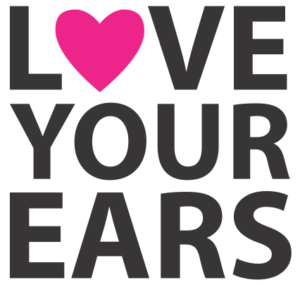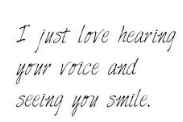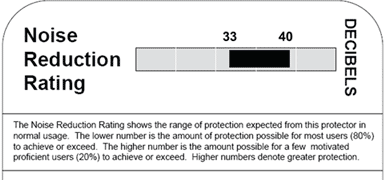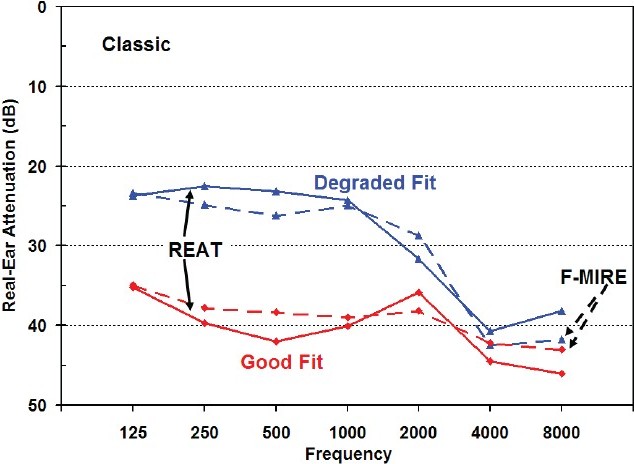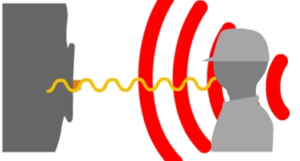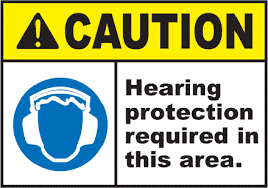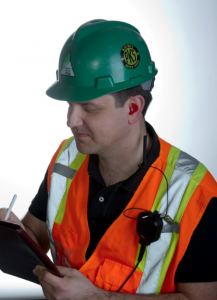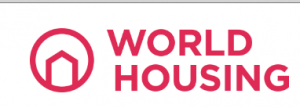What you should know about protecting your hearing this summer.
Now that summer is just around the corner, it is important to know that there is more than just the sun to protect oneself from. Summer is filled with several outings and adventures where you may be exposed to loud noises. We don’t often think about the impact some activities can have on our hearing, so here are few to look out for this summer.
Driving in a convertible car:
Many of us are eager to hit the road during warmer months. During road trips, keep the stereo at a moderate volume, and don’t use music to drown out background noise. Opt for noise canceling earphones, instead.
Riding a motorcycle:
Riding motorcycles can make you happier … and hard of hearing
If you are a rider and say “motorcycle noise”, most people think of loud exhaust pipes. Savvy riders know there’s a much greater enemy — wind. Exposure to sound louder than 95 decibels (dB) can cause permanent hearing damage. Street riders on quiet bikes can expect wind noise to exceed 110 dB (even inside a good helmet); racers can expect 115 dB. Fifteen minutes of 110 dB a day, five days a week (can you say commute?) can cause up to a 30-percent hearing loss within a year. Your options: never ride faster than you can walk, use motorcycle personal ear plugs, or face a future with one of those ear trumpets glued to the side of your head.
Watching fireworks 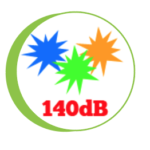
Be smart when you celebrate July 1st or the 4th of July festivities. Leave the fireworks to the professionals. And when watching the show, stay a safe distance away—where you can enjoy the colors and lights but not expose yourself and your family to loud noises.
To protect your hearing, make sure you’re wearing earplugs and that they’re securely in place before the show begins. Also be sure to keep them in for the entire show.
Jammin’ to loud music
Most of all, you should limit the length of time you spend in a noisy environment. When you do participate in noisy activities, alternate them with periods of quiet. And remember to use ear protection.
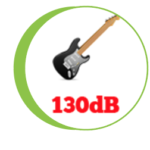 Remember to “TURN it DOWN”
Remember to “TURN it DOWN”
When listening to smartphones and other electronics, use them at a low volume. It is important to limit your use of headphones and ear buds. Remember, it’s not just the volume that matters. It is also the exposure or duration of time spent listening.
Taking a flight? Going on vacation?
Air travelers often complain about ear discomfort. When the plane is taking off or landing, yawn, swallow or chew gum to unplug your ears. If these tips aren’t effective, pinch your nostrils shut, inhale a mouthful of air, and direct the air back to your nose, as if you’re trying to gently blow, to equalize the pressure in your ears. Vented customized hearing protection devices can also help with the ear discomfort when the plane gets noisy.
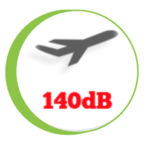
These are just a few activities to look out for and to remember to think twice about protecting your hearing this summer. To learn more about custom hearing protection and dB Blockers™, contact us today.
From all of us at ProtectEar, have a safe and protected summer.

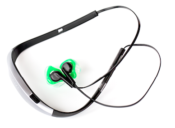

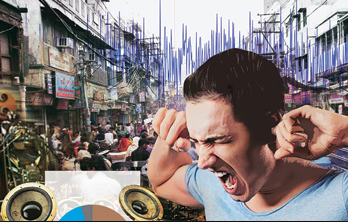

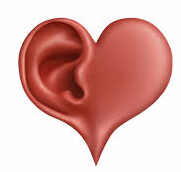 (Boomers, X&Y) have not done a very good job at preventing hearing loss until its too late.
(Boomers, X&Y) have not done a very good job at preventing hearing loss until its too late.